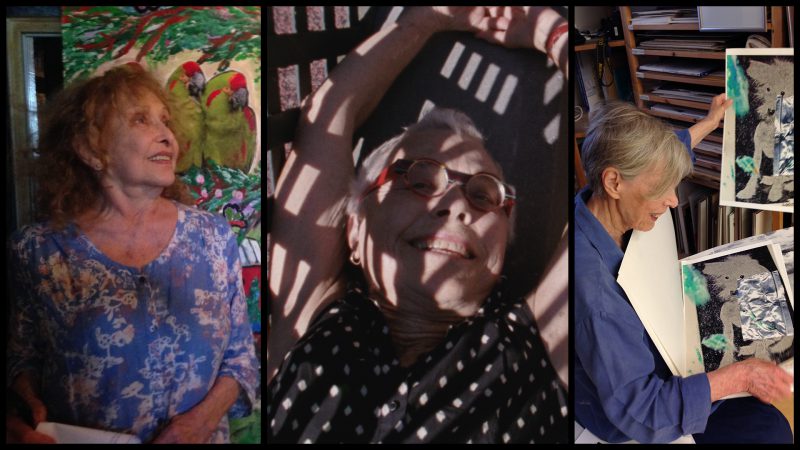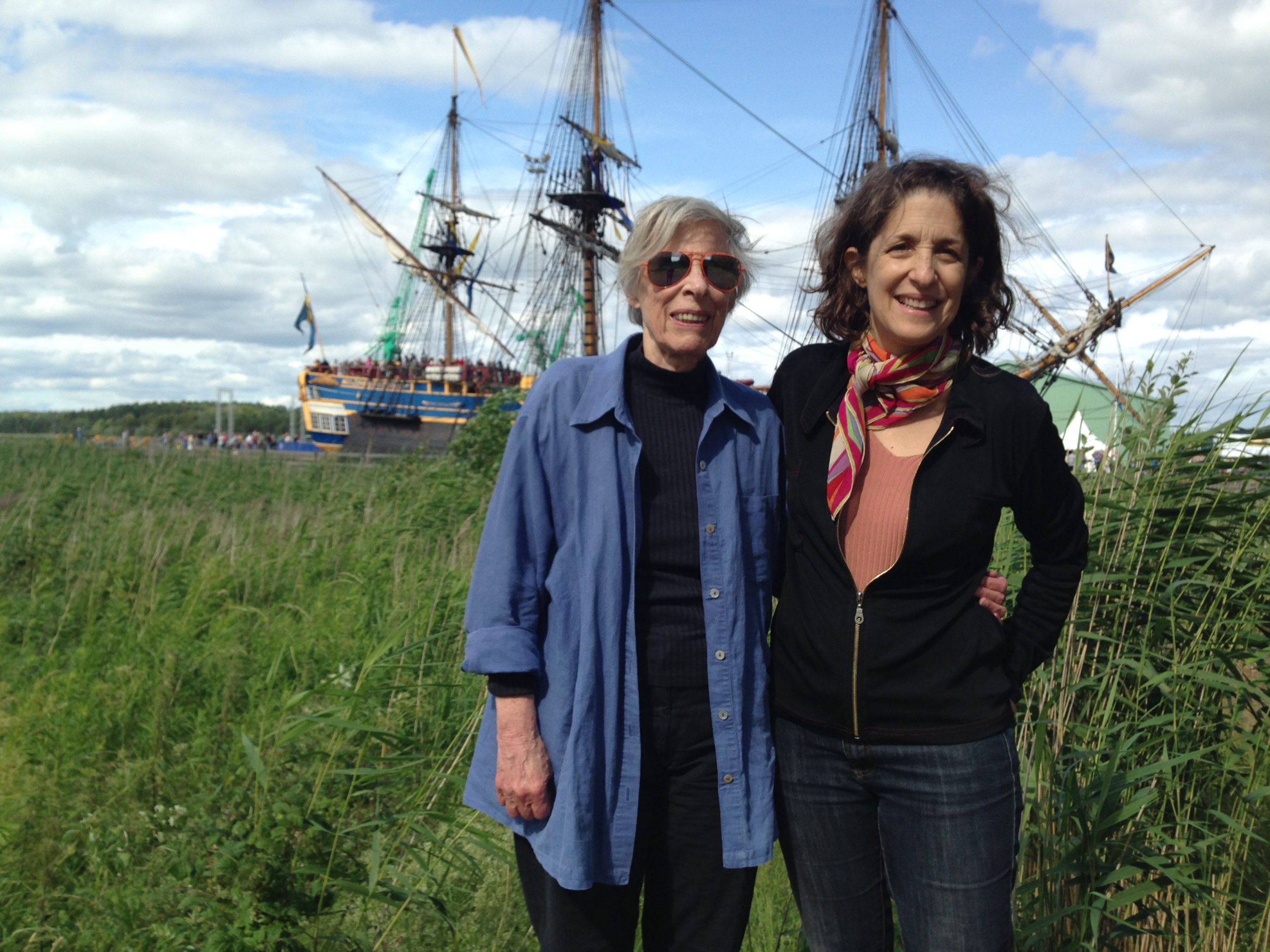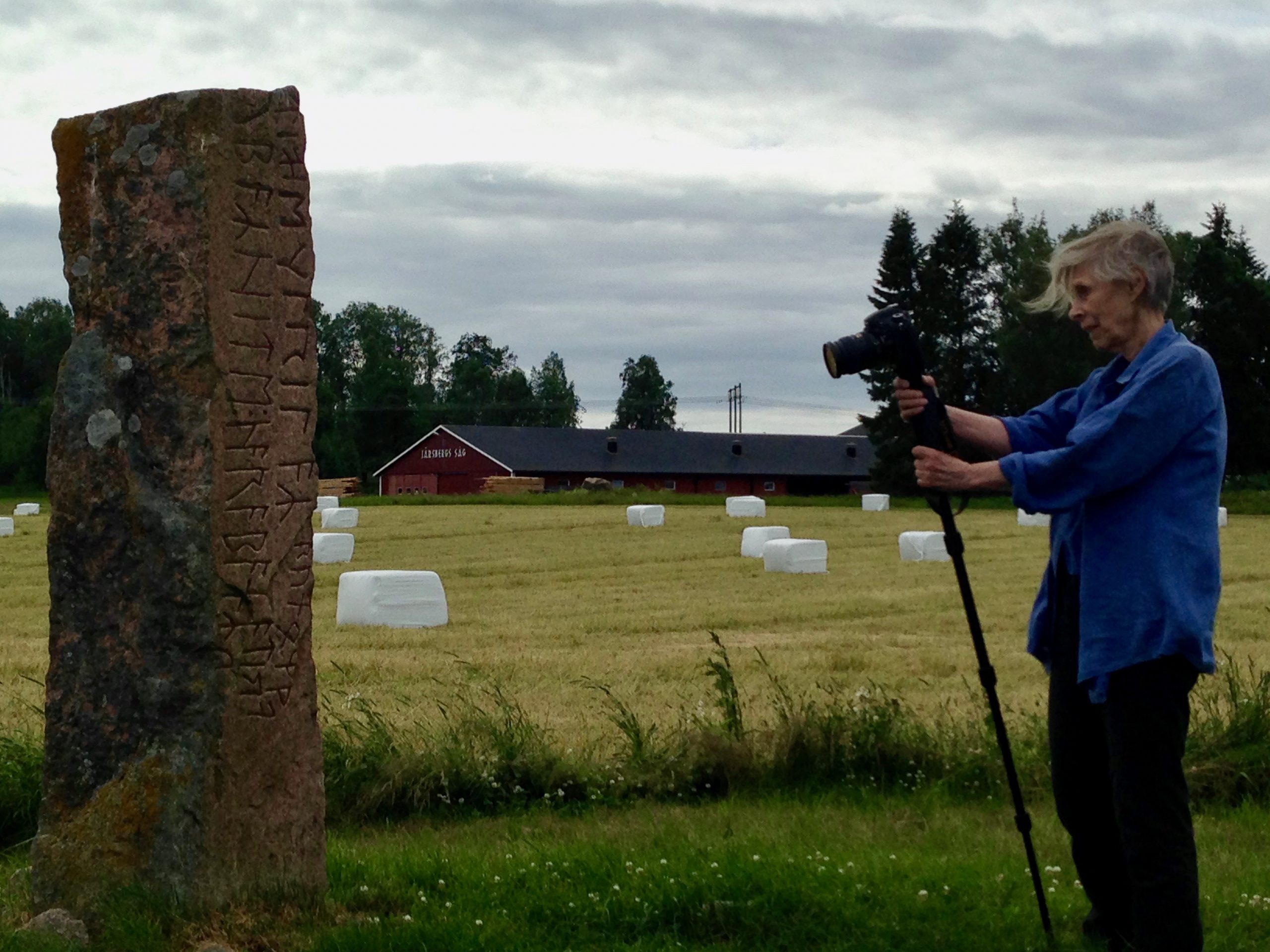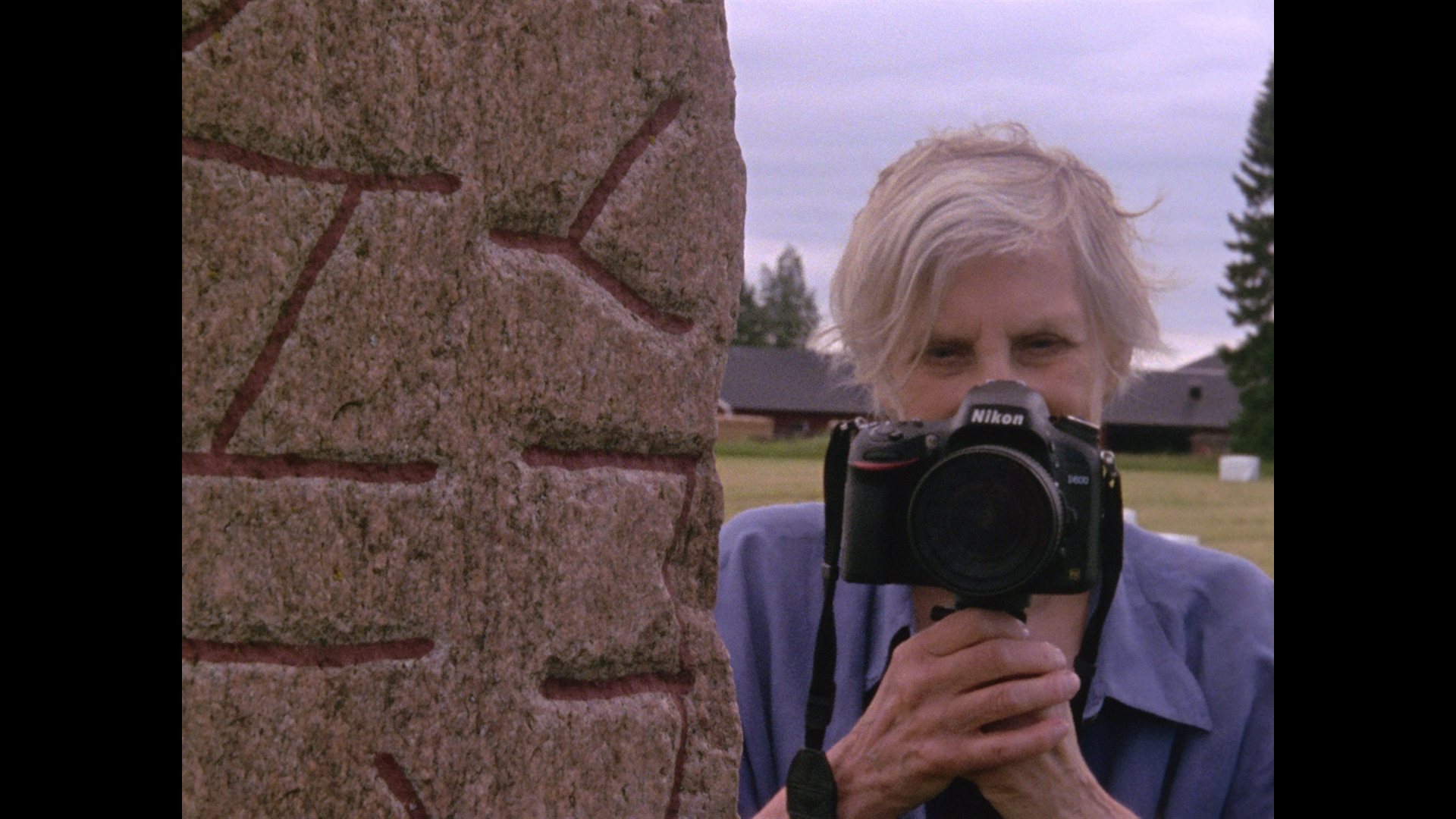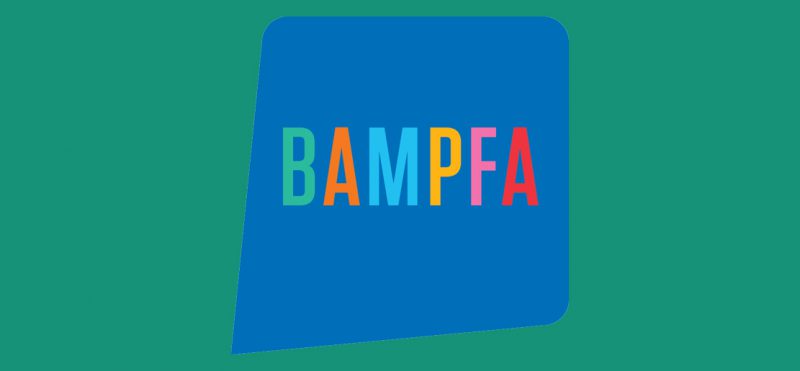
https://oac.cdlib.org/findaid/ark:/13030/c8x06fvr/?query=lynne+sachs
Collection Guide
Collection Title: Sachs (Lynne) Collection
Collection Number: PFA.MSS.017
Get Items: Contact UC Berkeley::Berkeley Art Museum and Pacific Film Archive
Collection Overview
Description: The collection represents the work of experimental documentary filmmaker Lynne Sachs, who has worked primarily in the San Francisco Bay Area and New York City since the 1980s. Included are articles and film screening notes about Sachs and her films; essays and other writings by Sachs; correspondence with other filmmakers including Barbara Hammer and Sylvia Schedelbauer; as well as still images and artist’s statements from each of the videos included in the original donation.
Background: Lynne Sachs is a New York-based filmmaker whose work combines experimental and documentary film traditions with a strongly feminist perspective. She has produced over 40 films as well as many performances and installation works, and publishes essays and poetry as extensions of her visual arts practice. Her films have screened at prestigious institutions and festivals worldwide and won numerous awards, including the 2020 Grand Prize at the International Short Film Festival Oberhausen for a film made together with fellow experimental filmmaker Barbara Hammer. Sachs began making films in San Francisco while attending San Francisco State University and the San Francisco Art Institute, drawing inspiration from and collaborating with many filmmakers including Bruce Conner, George Kuchar, Gunvor Nelson, Carolee Schneemann, and Trinh T. Min-ha. Sachs has also taught filmmaking at New York University, Hunter College, and the University of California, Berkeley, among other institutions.
Extent: 2.5 cartons Generally printouts and photocopies of flyers, essays, correspondence, and press clippings.
Availability: The collection is open for research in person in the BAMPFA Film Library and Study Center. Remote access to digital files in the collection is not currently possible, pending arrangements with the donor. Please contact the Berkeley Art Museum and Pacific Film Archive Film Library and Study Center for details.

